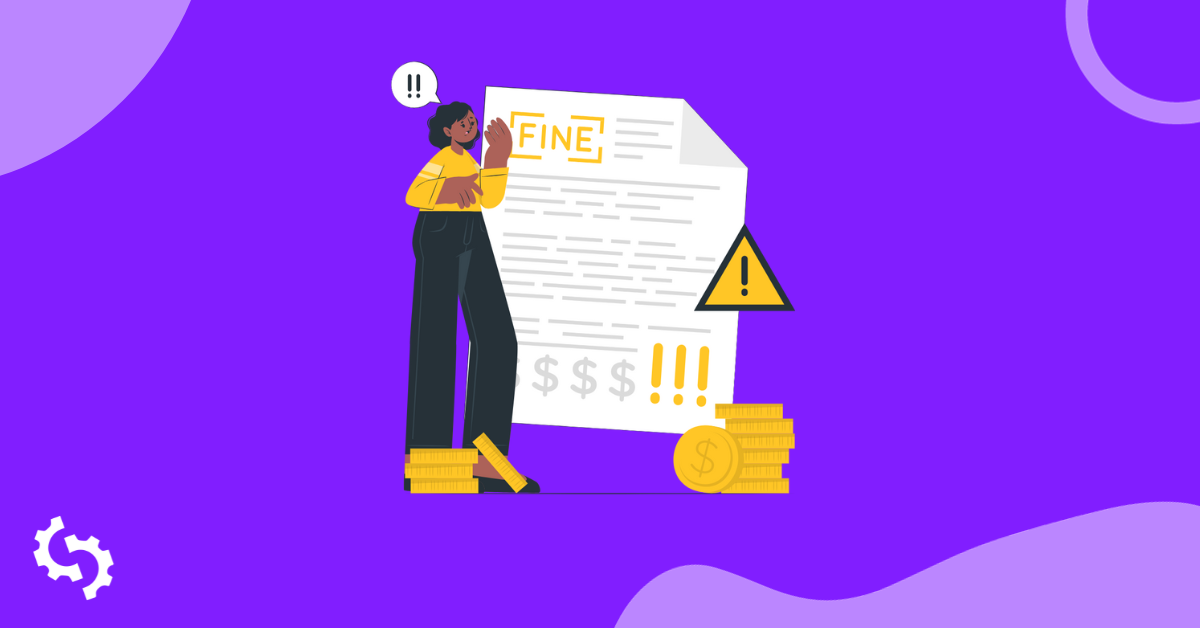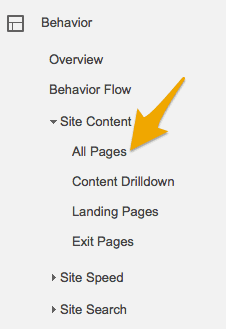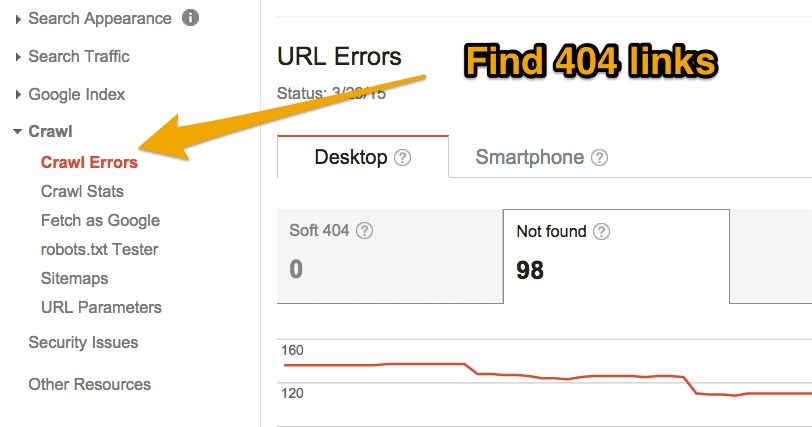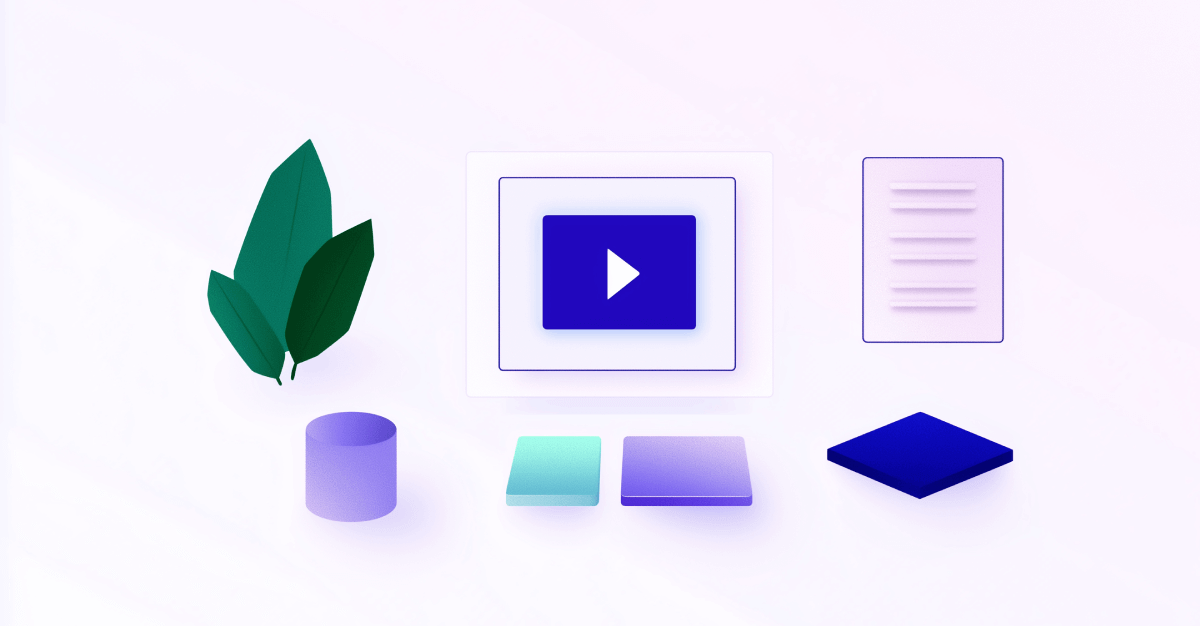
Recovering from a Google Panda penalty is challenging, but not impossible. If you are one of the numerous bloggers and webmasters that have been filtered by Google Panda, it’s time to get your rankings and traffic back.
Since the initial release in February 2011, Google Panda has affected hundreds of thousands of websites. Google’s ranking algorithm penalizes low-quality sites that don’t provide value to users.
Recovering your traffic can be a tricky journey, but you have to prove Panda that your website has good content and is user-friendly.
Identifying a Google Panda update has become more difficult in 2013. That’s because Google has stopped confirming or announcing Panda updates.
Google has incorporated Panda into their index process, and all future releases are gradual.
Here’s Matt Cutts announcement at SMX West conference, in 2013.
Few weeks ago, I shared with you a case study showing how I recovered a website from a Google Penguin penalty. Today, I want to show you how I recovered a different website from a Google Panda penalty.
Here’s a screenshot showing the Panda recovery.

Google Panda is fundamentally different from Google Penguin.
While Google Penguin analyzes websites for off-page over optimization, Google Panda searches for issues on your content.
Google Panda targets websites with the following problems:
- Duplicate content
- Low quality and thin pages that provide no real value to users
- Websites with a bad user experience
- External links to bad websites
- Sites with too many advertisements
- Content farm sites
- Poor grammar and spelling
- Too many broken links
Before I start the case study, let me tell you a little about the penalized website.
I bought this website a while ago, from a guy that used to publish very short articles with lots of images. At that time, I mostly cared about the domain, and not about the thin content issue.
Soon after purchasing the website, I started to post very long articles (most of them over 3000 words), and have received some great feedback from my readers. After one month, the website had about 70% thin content and 30% new and great content that was ranking very well.
It was no surprise that the lengthy articles were ranking much better than all the other ones combined.
Then the inevitable happened. Google Panda update occurred and my website has been filtered from the search results.
Usually when your website gets penalized, you get into a denial stage, thinking this can’t happen to you because you’ve done nothing wrong. It wasn’t my case though.
I immediately knew this penalty is related to the low quality articles I have on my website, from the previous owner. The length of those posts was on average about 300 words, and in best cases it reached 500.
Even worse, the same topic was covered too many times, making my website look like a content farm.
Remove low-quality content
It’s not just about what Google thinks of your content. You have to study how users are engaging with your articles.
To get a clearer idea about my content, I head to Google Analytics and sorted all my pages by their page views. Click on Behavior - Site Content - All Pages.

For all pages, I analyzed the average time on page, bounce rate and exit rate. These three metrics can tell if readers like your content or not.
I created a spreadsheet with the worst performing posts and then removed the pages that were getting very little traffic and had thin content. After all, I could have covered the same topic again, in a more detailed guide that would not affect my overall rankings.
On the posts that I had doubts, I also analyzed the number of comments and social media shares they have received.
Eventually, I removed more than 50% of the articles from my website. As crazy as that may sound, those posts were useless and they were not providing anything new to the user. That’s exactly what Google Panda is after, and also the main reason why I was penalized.
The traffic to the articles I removed was close to 15% of the total visits my website used to get before the penalty.
Needless to say, removing content from your website can raise other issues, such as broken links.
Fix issues reported by Google Webmaster Tools
Google Webmaster Tools should be your best friend. No matter what penalty you are dealing with, it’s critical to be on top of all the errors and suggestions given by GWT.
Here you can identify broken links on your website, crawling or indexation errors, duplicate meta descriptions or titles and many other problems.
To find 404 links on your website, click on "Crawl" and then on "Crawl Errors."

Below you get a table containing links to non-existing pages on your website. To find from where you are linking to 404 pages on your site, click on the link and then on the tab "Linked from."

Find and remove duplicate content
I still had a few things left to do on the content side.
CopyScape helped me find duplicate articles of my pages. This wasn’t a big problem in my case, as I only had a few duplicate paragraphs here and there.
I spent some time removing the parts that were similar to other articles from the web.
Note that plagiarism is one of the main Google Panda triggers.
Look for spelling and grammar mistakes
Google’s algorithm has evolved a lot lately, and now understands your content much better. If your content is full of grammar mistakes, expect Google to penalize you.
Restructure the page and remove ads above the fold
In the process of creating a better user experience, I removed most of the ads above the fold. I only left one advertisement, on the sidebar of the website.
Users don’t like being greeted with a lot of ads, and neither Google. I also added better menus and increased the overall user experience which lead to better average time on website per visitor.
Remove external links to low quality or penalized websites
Who you link to, is extremely important. Your website can lose rankings and reputation if you are linking to very bad websites. Especially if you are linking to websites that are penalized by Google.
I manually checked all the websites I was linking to, and I found a few very bad ones. I removed those links because I didn’t want my website to be associated with low-quality sites.
Clean up backlinks profile
Because I got things started, I also had a look at my website’s backlinks profile and created a disavow report with all the bad backlinks.
After analyzing what backlinks I should disavow, I created a list of approximately 50 domains and submitted to Google Disavow Tool.
Waiting to recover from Google Panda penalty
After cleaning up the content and backlinks, I was proud of my website. I thought it’s ready to be reconsidered by Google. Unlike manual penalties where you can submit a reconsideration request, when dealing with Google Panda penalties, you have to be patient and wait for Google to make another update.
It’s not like you take your coffee and wait for results. It’s more like keep improving and the results will come in a few months.
After three months, my organic traffic came back. My website has regained most of its rankings.
Final thoughts
Once Google Panda penalizes a website, it hardly lets it go.
Nevertheless, don’t get discouraged, because you can get your traffic back.
To recover from my Google Panda penalty, I removed all the low-quality content from my website. I’ve improved the overall user experience and removed all the backlinks pointing to very bad websites.
To make sure the recovery process will succeed, I also created a disavow report with the backlinks I wasn’t proud to have.
If you are a beginner and you are not sure what you are doing, it’s best to consult with an experienced SEO before starting to remove content or backlinks.
What is your experience with Google penalties? Have you ever been penalized?










